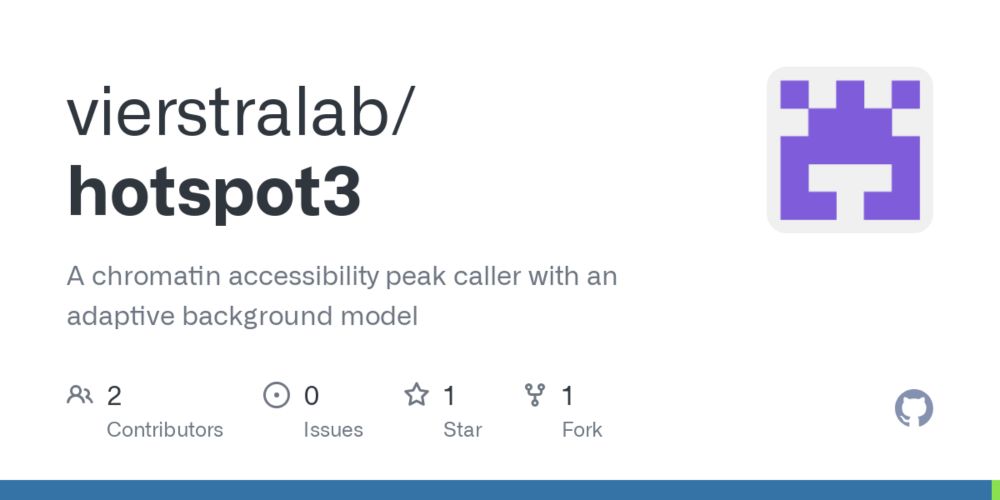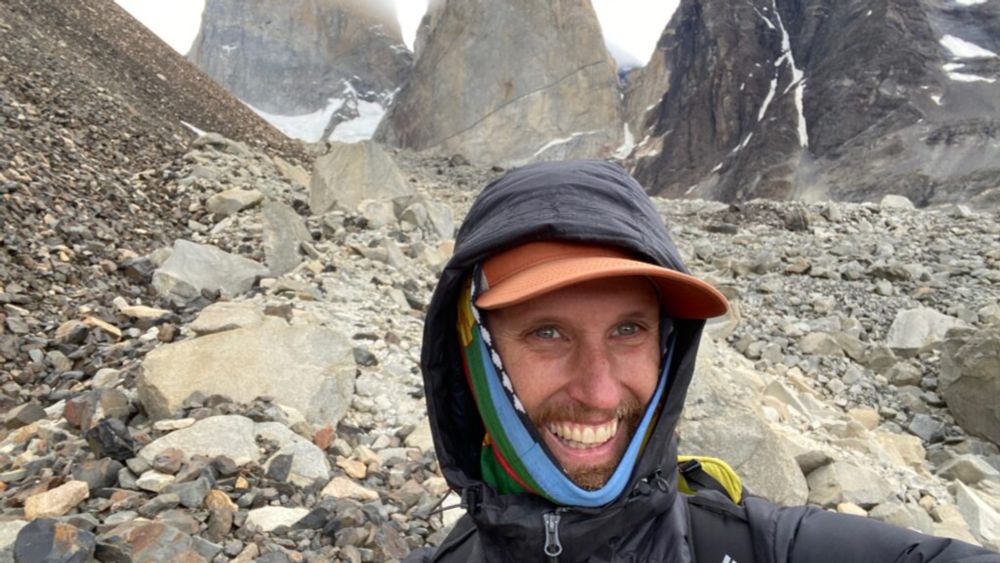
Jeff Vierstra
@jeffvierstra.bsky.social
380 followers
400 following
130 posts
Senior Investigator @ Altius Institute for Biomedical Sciences. Research: High-resolution mapping of chromatin structure & function. Fun: Mountain shenanigans and skiing turns all year. Seattle, USA/Patagonia Chilena (🇺🇸🇨🇱). http://vierstra.org
Posts
Media
Videos
Starter Packs
Reposted by Jeff Vierstra
Reposted by Jeff Vierstra
Jeff Vierstra
@jeffvierstra.bsky.social
· Sep 18
Reposted by Jeff Vierstra
We're super excited to announce the entire lineup for the Fall season of Fragile Nucleosome Seminars, starting on Sept 10th at 1200 EDT / 1600 UTC with @gracebower.bsky.social and @creminslab.bsky.social!
register here for the entire series: us06web.zoom.us/webinar/regi...
register here for the entire series: us06web.zoom.us/webinar/regi...

Jeff Vierstra
@jeffvierstra.bsky.social
· Aug 30
A 🧵: Last week, I wrote about Jeff Vierstra, who carries the gene for a devastating, rare form of ALS. The disease killed his mom and all three of her siblings, along with relatives dating back to the 1800s.
Then, in 2020, two of his sisters began showing symptoms.
Then, in 2020, two of his sisters began showing symptoms.

Did a drug prevent this man’s ALS?
Jeff Vierstra was likely doomed by his DNA. A radical experiment gave him a chance to rewrite his fate — before ALS symptoms ever began.
www.statnews.com
Jeff Vierstra
@jeffvierstra.bsky.social
· Aug 13
Jeff Vierstra
@jeffvierstra.bsky.social
· Aug 13
Reposted by Jeff Vierstra
Jeff Vierstra
@jeffvierstra.bsky.social
· Jul 27
We have created a new DNase I- & ATAC-seq peak caller that uses an adaptive background model that controls for copy number variation & aneuploidy. It performs a per-nucleotide test (+FDR correction) and is very fast. Please try it out and give us feedback!
github.com/vierstralab/...
github.com/vierstralab/...

GitHub - vierstralab/hotspot3: A chromatin accessibility peak caller with an adaptive background model
A chromatin accessibility peak caller with an adaptive background model - vierstralab/hotspot3
github.com
Here is slide demonstrating how it works w.r.t. to the highly aneuploid, yet very commonly used cell-line K562.















